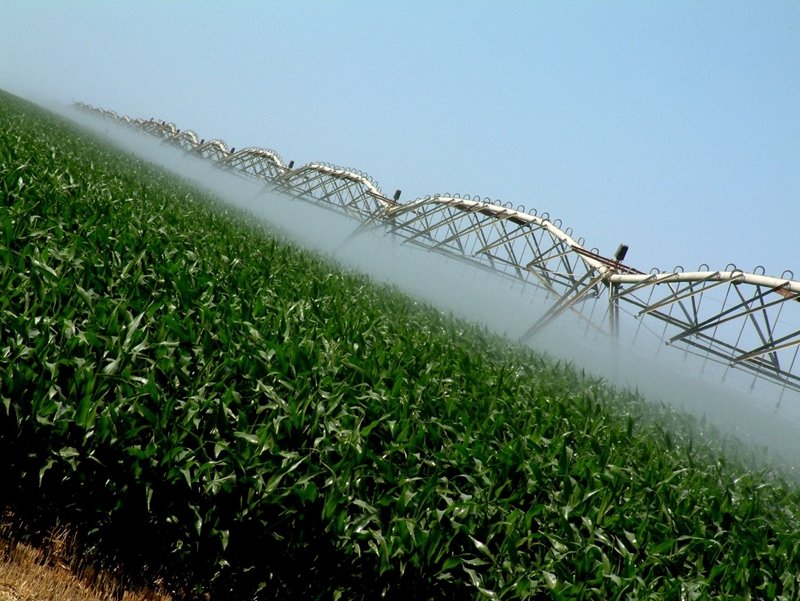26 June 2015
Obtaining cover for crop loss may be on your agenda, depending on the size of your operation and the risks associated with it.
However, crop insurance packages are quite complex, and neglecting to assess the details cited within your policy can help you out in the long run. In this article, we'll clarify four details within the typical crop insurance policy you shouldn't overlook.
1. Chemical overspray
You probably use pesticides, herbicides and other chemicals to kill species that damage crops. You're not alone - Visiongain estimated that the agrochemical sector will expand at a compound annual growth rate of 5.5 per cent over the next 10 years on a global scale.
If you experience crop yield loss as a result of chemical overspray during your period of cover (i.e. the time in which your policy is active) you should speak with your insurance carrier to see if you're covered.
However, it's important to understand that 'chemical overspray' occurs when ground spraying operations on a property owned by another farmer impact the crops on your field.

2. 'Intrusion of livestock'
Intrusion of livestock occurs when someone else's farm animals venture onto your fields and cause damage to unharvested crops.
This definition applies to animals that invaded your premises during your period of cover, provided that livestock is not owned, leased or controlled by you, adjacent sharefarmers, or one of your family members.
3. 'Harvested seed in permanent storage'
Some farmers harvest seed to save on buying new seed for the following season. If you partake in such a practice, your crop insurance policy may provide cover in the event the harvested seed is damaged while in permanent storage.
'Permanent storage' refers to any enduring structure that is fixed, fully enclosed and adequately constructed. In addition, such a building must be located on a property that is covered by your insurance policy.
'Potential yield' is defined as the amount of crop you would have produced.
4. 'Potential yield'
When filing a claim, 'potential yield' is defined as the amount of crop (measured in tonnes per hectare) you would have produced if a detrimental event had not transpired.
In regards to this definition, your benefits are likely to be affected by the location of the impacted crops, such as how much you expect to produce in a specific paddock.
These and other definitions associated with your insurance clarify when and where you will receive financial assistance. Acquainting yourself with various terms will allow you to work with your insurance provider to design a policy that's right for you.